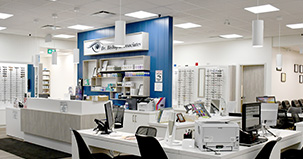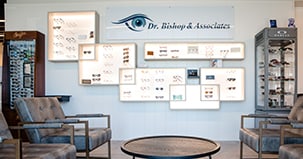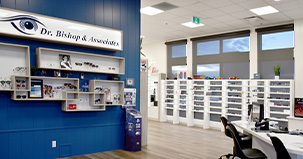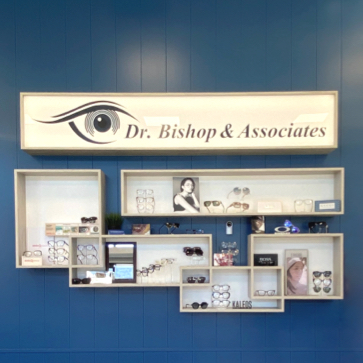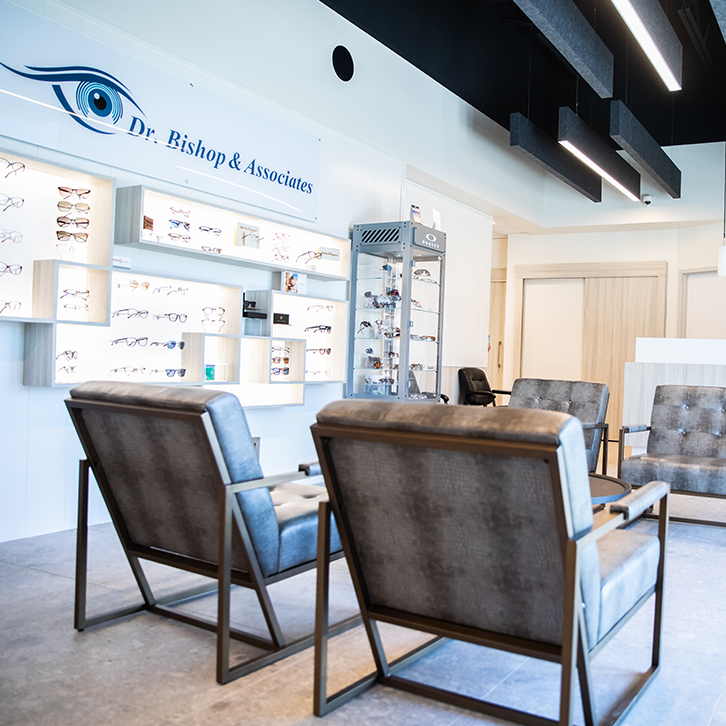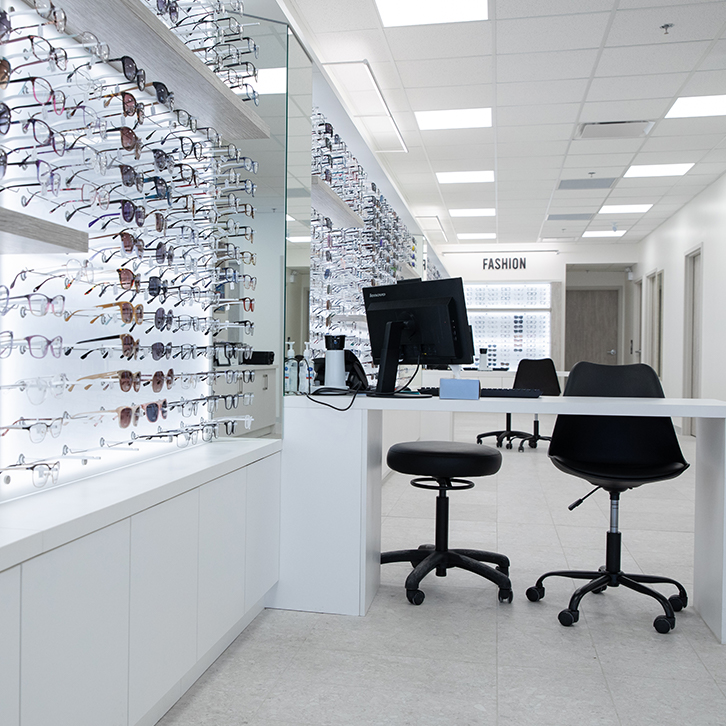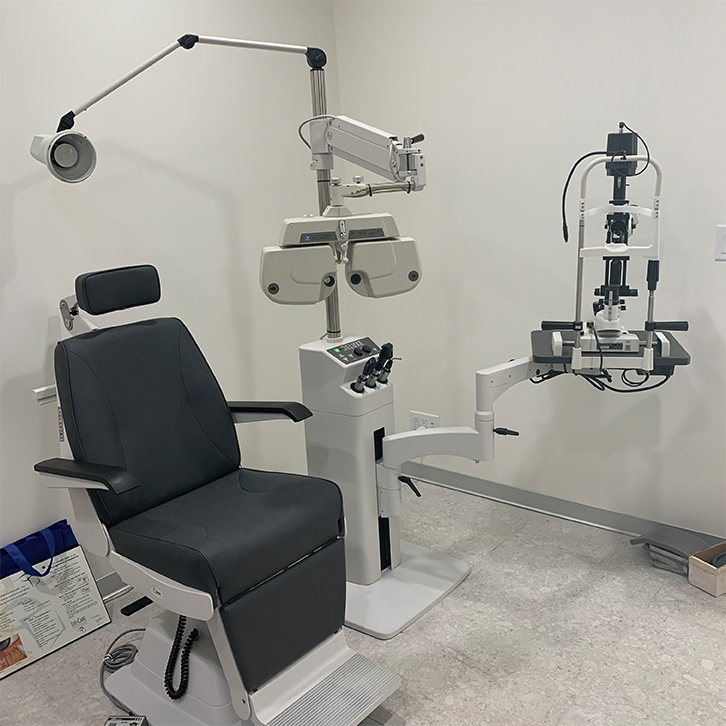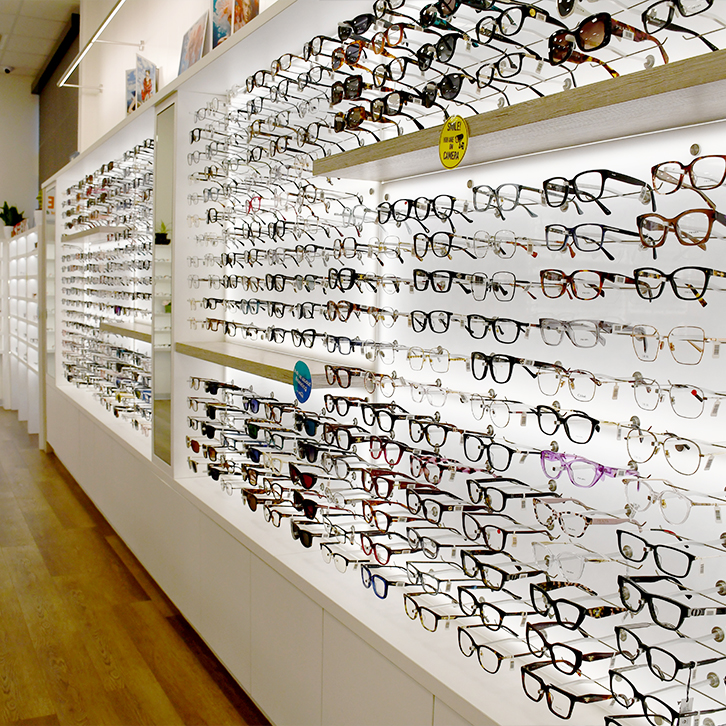Getting to Know Your Eyes: Different Eye Parts and Their Functions
For such a small organ, the eye is a complicated part of the human anatomy—in fact, it might even be the most complex organ in your body after your brain. Some parts of your eye work hard to keep infection, dust, and other damaging substances out of your eyes, while other parts work to transform the things around you into signals that your brain understands as images. Each part of your eye needs to function properly to keep your eyes healthy and your sight clear.
If you’re like most people, you might not know how each part of your eye works, or even what to call each part. In this blog, we’ll tell you what each part of your eye contributes to your vision. We’ll also fill you in on some of the most common vision problems associated with each part of the eye.
By the end of our post, you’ll better appreciate just how much work your eyes do every day, and you’ll know why you should take good care of them.
Cornea
The cornea is the clear part of your eye that bulges outward in a spherical shape. It is your eye’s main refractive surface, which means that when light enters the eye through the cornea, it refracts, or bends, onto the lens. The cornea functions much like a camera’s external lens, which captures the light that bounces off of nearby objects and channels it into the camera to create a picture.
Astigmatism
This congenital condition means that your cornea looks less like a sphere and more like an oval, which bends the light differently. This results in blurry vision.
Corneal Ulcer
Like an ulcer elsewhere in your body (like your stomach), a corneal ulcer is an open sore on your cornea’s outer layer. Usually, infection causes the sore. You might get the infection from a foreign object that enters your eye, as when you accidentally scratch or poke your eye. You might also get it from contact lenses, especially if you don’t clean them properly or use the right cleaning solution.
Iris
The iris is the coloured part of your eye. It comes in variations of blue, brown, and green. Every person’s iris has a unique colour, pattern, and texture.
The iris controls how much light enters the eye, like a camera’s aperture. It does this by dilating the pupil, or the black spot in the centre of the eye. The iris’ small muscles expand and constrict the pupil depending on how much light surrounds you to help you see better. When they work correctly, the iris and pupil constantly and instantaneously adjust to fluctuating light conditions.
Aniridia
If you have this congenital problem, your iris isn’t fully developed or might not exist. A traumatic eye injury can also cause this condition to develop.
Iritis
Iritis, or the inflammation of the iris, can come from certain pre-existing conditions like tuberculosis or Lyme disease. You might also get iritis after your eye experiences a blunt trauma blow. If you have iritis, your vision blurs. You might also experience light sensitivity.
Lens
The lens lies directly behind your pupil. It catches the rays of light that the cornea focuses on and the iris lets in and then projects them onto the retina. Like the lens on a camera, your lens changes shape to better focus on objects at different distances.
Cataracts
As you age, protein builds up on your lens, creating cloudy spots that make it much harder to see. You can reduce your cataract risk by quitting smoking and maintaining a healthy weight, but they might occur congenitally in some cases.
Presbyopia
In this age-related condition, the lens loses its ability to focus on nearby objects. Warning signs include an inability to focus in dim light, difficulty reading fine print or seeing small images, and frequent squinting due to eyestrain.
Most adults will experience presbyopia between the ages of 40 and 50. Typically, you can correct it with eyeglasses, but severe cases might require surgery.
Retina
Your retina is the light-sensitive area on the back of your eye, similar to a camera’s film or sensor. The retina “captures” light directed by the cornea, lens, iris, and pupil, and then it directs this light to your brain in the form of electrical signals. Finally, your brain converts these signals into a clear picture.
Macular Degeneration
As you age, your macula, or the centre of your retina, can experience damage. This damage prevents you from seeing objects and people that are right in front of you, which can interfere with most of your daily tasks (including facial recognition).
Retinal Detachment
This occurs when the retina starts to move away from its typical location. If you don’t treat it immediately, retinal detachment can cause complete vision loss. The retina can detach if you get struck violently, as while playing sports.
Take Care of Your Eyes
Now that you’ve read our post, you know how hard your eyes work to help you see. You know that each part of the eye must work together to make vision possible, and you also know that damaging any part of your eye can cause big problems.
Fortunately, you can either prevent or treat many eye problems before they become lasting issues. Take good care of your eyes by eating healthy foods, using protective eyewear, and visit your optometrist yearly. Together, you and our optometrists can help you achieve a healthy vision that lasts your whole life long.







